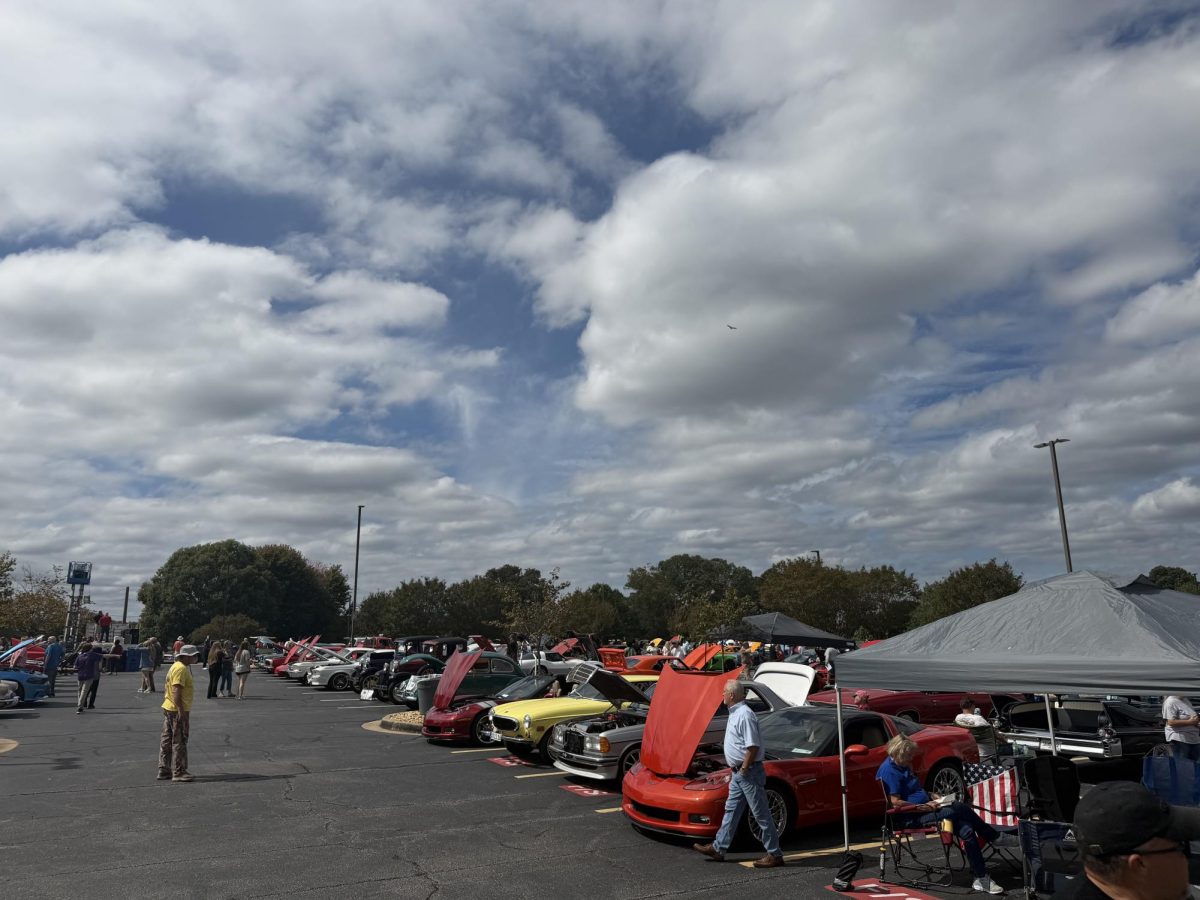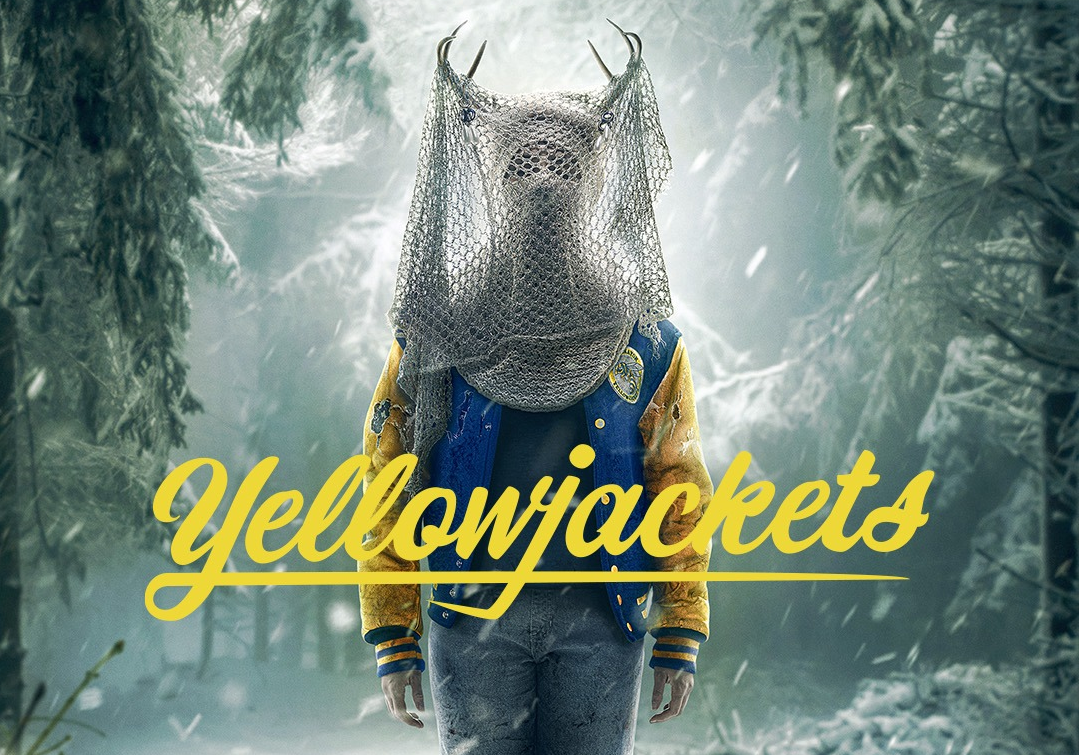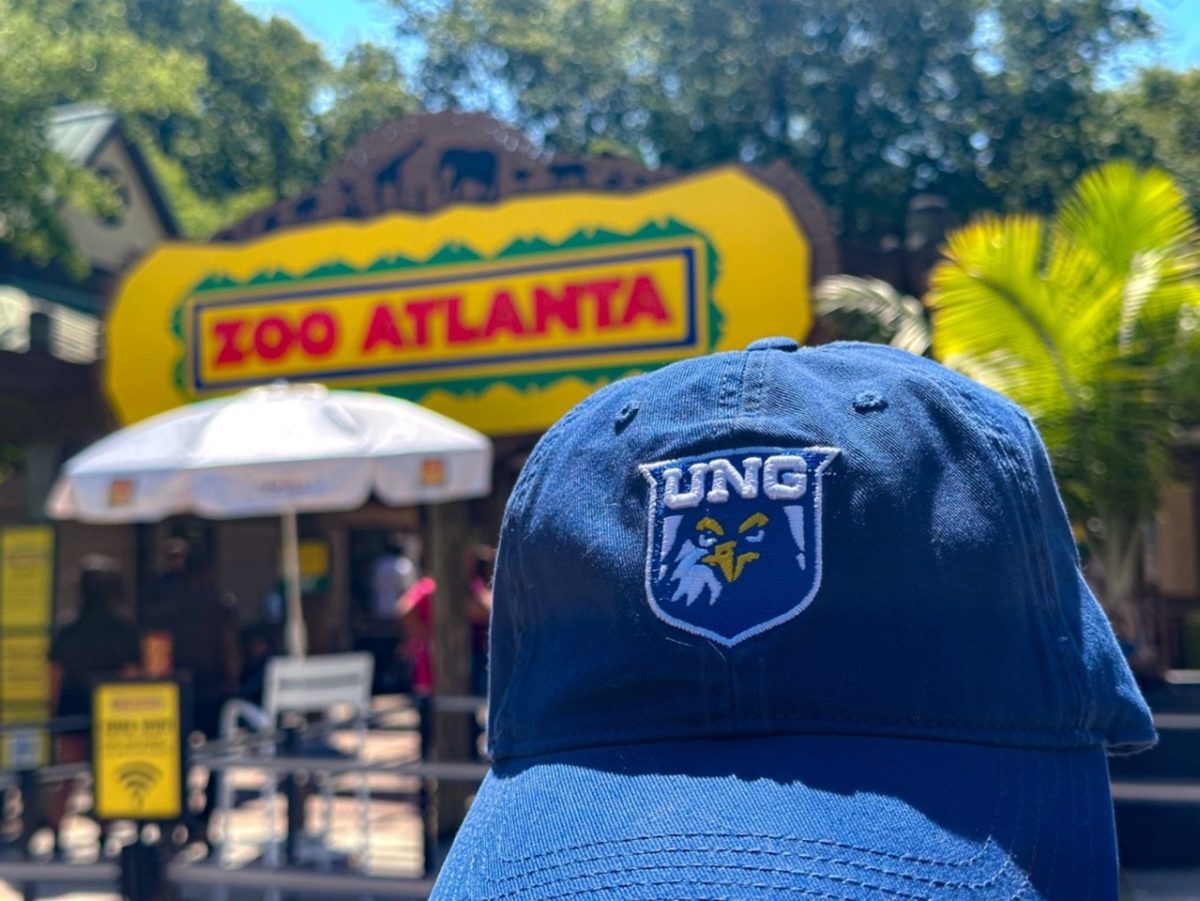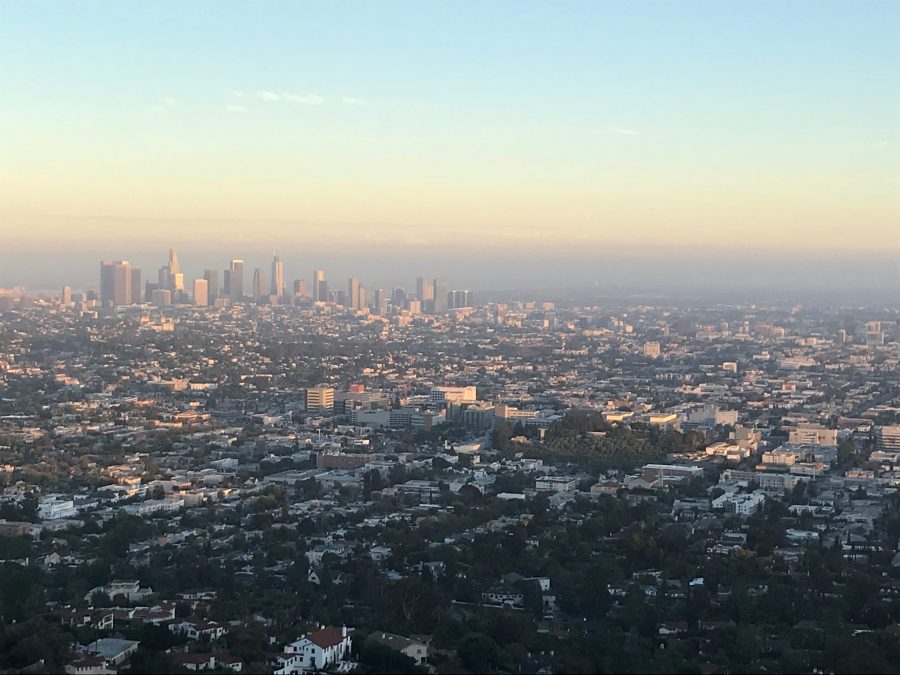NASCAR has always been known as a southern-oriented sport for nearly the entirety of its existence, with most tracks on the schedule located on the east coast. But on Feb. 6, NASCAR hosted the Busch Light Clash at the famous Los Angeles Memorial Coliseum as a non-points race two weeks before the Daytona 500 officially kicks off the race for the 2022 championship.
The Coliseum was turned into a quarter mile race track in just two months at the cost of slightly over $1 million, an amount much lower than what many NASCAR drivers have themselves.
Hosting an event at an unprecedented location was a bold move by NASCAR, according to fan Anna Kate Clark, but the payout looks to be higher than the low-cost NASCAR paid to set up the event. To add to the “new” theme of this race, this was also the competitive debut of NASCAR’s Next-Gen car. The cars display updated technological features such as new composite bodies and wheels changed by a single lug nut instead of five.
Another leap of faith NASCAR took is pushing to attract a west coast audience different from the culture NASCAR has historically maintained. They already banned the Confederate flag at all racing events, as well as political sponsors on race cars.
They also prominently advertise the only Black race winner, Bubba Wallace, to help diversify the predominantly white community. “When you think of NASCAR, you think of white guys in the southeast, but now they’re on the west coast and encouraging other types of participation for supporting acts,” says Dr. Joel Potter, a specialist in sports economics.

The race at the Coliseum also hosted performances by LA rapper Ice Cube, as well as Latino hip-hop artist Pitbull. Pitbull is also involved in the sport as a team owner along with Michael Jordan and Floyd Mayweather.
In 2021, NASCAR took giant steps towards evolving the sport by adding the Circuit of the Americas, a modern road course that also hosts a Formula 1 Grand Prix annually. They also transformed the half-mile Bristol Motor Speedway into a temporary dirt track and ran the first NASCAR dirt race in 50 years.
There have been talks about racing the streets of downtown Chicago in the near future, similar to how the streets of Monaco are raced on by Formula 1 drivers every year. Jonathan Howell, a sophomore business and management major, has been following NASCAR races for four years and has even attended a race at Atlanta Motor Speedway. Howell watched the race on TV and liked it, despite wishing it was longer.
“It was a great success from advertising on TV to the turnout of the crowd to the racing on the track.” – Jonathan Howell
“The only thing that I would like to see different is to somehow make heats more competitive.” Howell also expresses a continual interest in the sport moving forward, enjoying last year’s Bristol dirt race and approving the idea of the Chicago street course, “I love road courses. I’m all for it.”





















